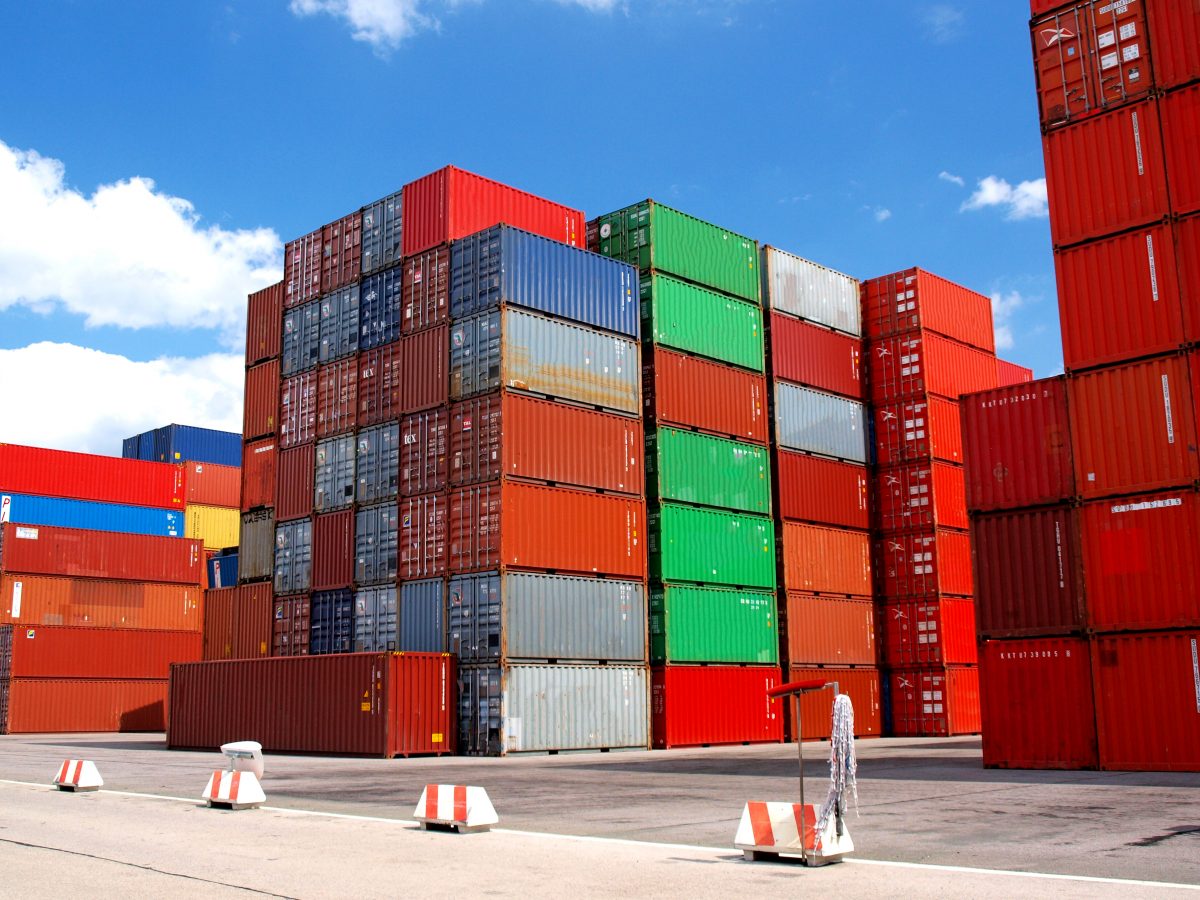Packaging is one of the most important factors when it comes to product safety and quality preservation. Packages are designed to protect products from damage, contamination and leakage. They also provide critical product information to consumers. Hence, it is essential that packages perform as intended and meet all regulatory compliance standards. This is where packaging testing plays a vital role.
Packaging testing helps validate if package designs can withstand various hazards during distribution like vibration, temperature fluctuations, moisture, compression etc. It also determines package performance attributes like barrier properties, strength, seal integrity etc. By subjecting packages to simulated distribution cycles, their ability to safeguard product quality is assessed. This ensures packaged products reach end users in the same condition as they left the production facility.
Various Testing Methods
There are several standardized testing methods used for evaluating package performance based on specific performance attributes or distribution hazards. Some of the common packaging testing methods include:
– Seal strength testing: This tests the strength of seals like heat seals or adhesive seals. Packages are subjected to pull tests that try to separate the sealed areas.
– Leakage testing: Tests employ methods like water immersion or pressure decay to check if packages leak under distribution stresses. This confirms barrier properties of materials.
-Compression/ crush testing: Packages experience compression forces during storage and transport. Crush tests determine their ability to withstand such stresses without damage.
– Impact testing: Shock and vibration during shipping can damage packages. Impact tests simulate drops or other impacts to check robustness.
-Burst strength testing: Methods like dimple depth measurement assess packages’ resistance to internal pressures caused due to thermal expansion or elevation changes.
-Shelf life testing: Also called accelerated aging, it tests product and package performance under controlled temperature, humidity and lighting conditions over long durations.
-Chemical resistance testing: Checks material compatibility with product contents and ability to prevent chemical interactions under various conditions.
The Combination of Tests
An ideal packaging testing plan combines multiple tests covering all performance attributes and hazards relevant to the packaged product and its intended distribution system. No single test can assess overall package performance comprehensively. Realistic distribution simulation through combined sequence testing yields most valuable results.
For example, to test aseptic packages for food and beverages, programs may include:
– Seal strength – to check hermetic seals
– Leakage – for validating sterility
– Thermal shock – to simulate temperature variations
– Vibration – replicating distribution vibrations
-Compression/stacking – for withstanding warehousing
-Accelerated aging – validating shelf life
Conducting such combined sequence testing helps ensure packages can withstand the entirety of the planned distribution cycle without any failures. This gives high confidence in their ability to deliver products safely and maintain quality until consumption.
The Role of Testing Laboratories
Due to expertise requirements and specialized testing equipment needs, most packaging testing is conducted by accredited third-party labs. Packaging organizations work closely with labs to design optimal testing plans and methodologies based on product and distribution profile.
Labs follow stringent protocols to simulate real-world scenarios and generate statistically valid results. They are equipped with advanced instruments like climate chambers, compression/impact machines and analytical tools. This allows high-fidelity replication of various hazards.
Another advantage of third-party labs is their independence and impartiality. Test results are unbiased and help identify potential issues more objectively. Labs also maintain strict non-disclosure of client information and intellectual property. Their accreditations instill confidence in data quality and reliability.
packaging testing plays a critical quality and safety assurance role for product manufacturers. By corroborating package design performance scientifically, it mitigates distribution risks. This boosts customer confidence and brand reputation. Tests conducted using standardized methods and realistic simulations set a strong foundation for regulatory compliance too. Overall, a well-planned packaging testing program is key to delivering products safely to consumers while preserving quality over the supply chain journey.
Note:
1. Source: Coherent Market Insights, Public sources, Desk research.
2. We have leveraged AI tools to mine information and compile it.
About Author - Money Singh
Money Singh is a seasoned content writer with over four years of experience in the market research sector. Her expertise spans various industries, including food and beverages, biotechnology, chemicals and materials, defense and aerospace, consumer goods, etc. LinkedIn Profile



